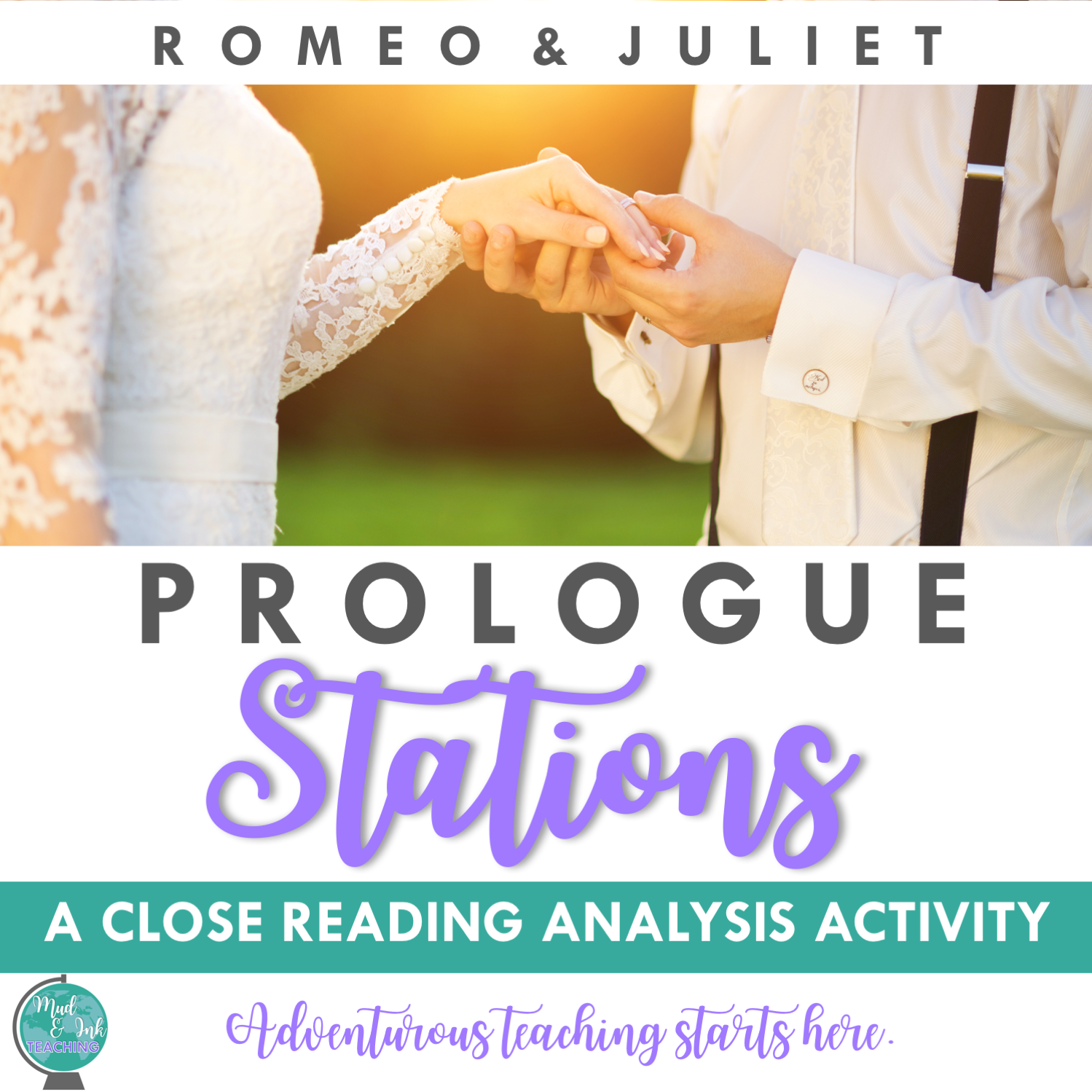30 Poems to Teach Using The Big Six
“More than the fuchsia funnels breaking out
of the crabapple tree, more than the neighbor’s
almost obscene display of cherry limbs shoving
their cotton candy-colored blossoms to the slate
sky of Spring rains, it’s the greening of the trees
that really gets to me. When all the shock of white
and taffy, the world’s baubles and trinkets, leave
the pavement strewn with the confetti of aftermath,
the leaves come...”
I love this poem. I love the imagery, the title, the metaphor, but most of all, I love how teachable it is. The poem has a great deal of mystery and room for debatable discussions about author’s intent, but it’s also accessible to students who might feel intimidated by poetry - or even just intimidated by language.
That was the goal I had in mind while making this list: I wanted to find poems that were challenging and worth discussing in class, but also poems that could be tackled by students in one or two class periods. As a guide, I used The Big Six as my foundational analysis tool. If you’ve never used it, get on board!
THE BIG SIX
The Big Six is a tool that I developed in graduate school to help teachers take a consistent, rigorous, and focused approach to teaching poetry analysis. When teaching poetry, the goal for teachers is simple: GET OUT OF THE WAY. The worst damage we can do as teachers is setting the stage for teacher-led and teacher-dictated conversations about poems, what they mean, and how they should be interpreted. Yes, there are ways that students can veer of into wildly off-base territory, but for the most part, if the can be anchored by a few key concepts, most students are more than capable of discussing and thinking their way through a poem.
The Big Six components are meant to be entry points, or doors, into analyzing a poem: students can enter from any place they choose or feel most comfortable. Let’s stay your students just read the above poem by Ada Limon. One student might be curious about the title’s relevance and impact on the rest of the poem, another student might be laser-focused on the use of color imagery, and yet another student might have picked up on some of the themes suggested in the subtext of the piece. Now, those three students have three different places to start: title, tools, and theme.
TEACHING WITH THE BIG SIX
Here are my favorite ways to use The Big Six:
STATIONS: This couldn’t be any easier - create six stations, one for each of the components. Assign or keep a single colored marker at each station (title - yellow; turns - blue, etc.). Have students move through the stations annotating for each different element in the designated color. Once students have moved through all six stations, come back as a whole class and start the conversation!
SMALL GROUPS: Put students into six different small groups. Assign each group a different element of The Big Six. Read the poem together as a whole class at least twice (be sure to define difficult language and answer preliminary questions), then, have each group analyze for their element. Come back together as a whole class and have a spokesperson from each group share out their findings.
30 POEMS TO USE FOR ANALYSIS WITH THE BIG SIX
After lots of thoughtful consideration and practice in the classroom, I’ve found these to be my thirty favorite poems to use when analyzing with the Big Six. The poems I’ve selected are poems that I would use to specifically teach ONE element of the Big Six. When you’re introducing the tool, it’s critical that students are able to practice the tool, not just glance at it and start discussing all six elements from the get-go. Spend a few days and poems working on title. Dig into the nuances and subtle (and not so subtle!) ways that title can impact a poem. Do the same for the other elements! Then, once students have really LEARNED the tool (not just been handed a copy of it), the best analysis conversations and writing are ready to take place.
TITLE:
“Design” by Robert Frost
“Oranges” by Gary Soto
“Instructions on Not Giving Up” by Ada Limon
“How to Be a Person” by Shane Koyczan
“In a Station of the Metro” by Ezra Pound
SPEAKER:
“Shooter” by Lamar Jorden
“Pig Song” by Margaret Atwood
“Skinhead” by Patricia Smith
“Totally, Like, Whatever, You Know?” by Taylor Mali
“Facing It” by Yusef Komunyakaa
THEME:
“Remember” by Joy Harjo
“Ode to the First White Girl I Loved” by Jose Olivarez
“B” (If I Should Have a Daughter)” by Sarah Kay
“Phenomenal Woman” by Maya Angelou
“New Clothes” by Julia Alvarez
TOOLS:
“Ode to a Lemon” by Pablo Neruda
“Invisible Workforce” by Bobby LeFabre
“Shoulders” by Shane Koyczan
“My Papa’s Waltz” by Theodore Roethke
“Chicago” by Carl Sandburg
MORE POETRY IDEAS FOR YOUR CLASSROOM
TURNS:
“Stopping By Woods on a Snowy Evening” by Robert Frost
“You Fit Into Me” by Margaret Atwood
“We Real Cool” by Gwendolyn Brooks
“‘Hope’ is the thing with feathers - (314)” by Emily Dickinson
“Awkward Scars” by Robbie Q. Telfer
PARAPHRASE:
Queen Mab speech from Romeo and Juliet
Prologue from Romeo and Juliet
“Her Kind” by Anne Sexton
“One Art” by Elizabeth Bishop
“Let America Be America Again” by Langston Hughes
I hope you found these poems to be useful as you work on your essential question units or your poetry unit! Let me know which ones you taught, how The Big Six is helping you teaching poetry, and what you’re up to in your classroom these days!






































